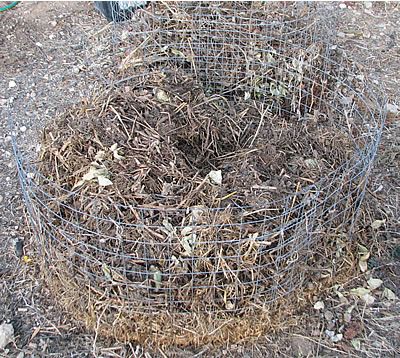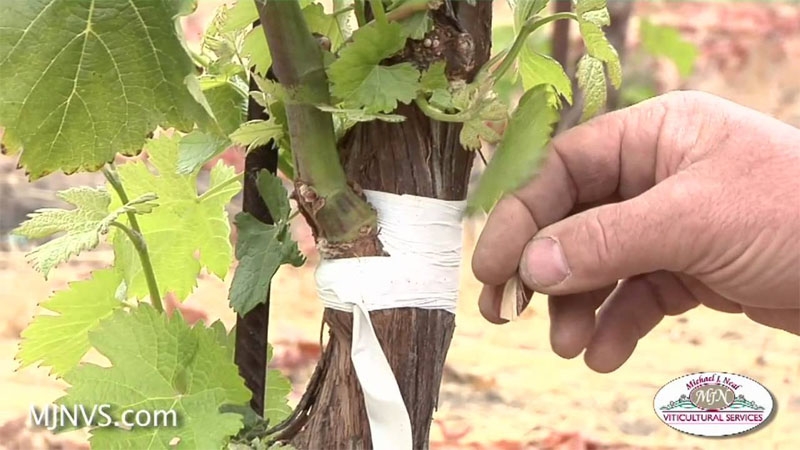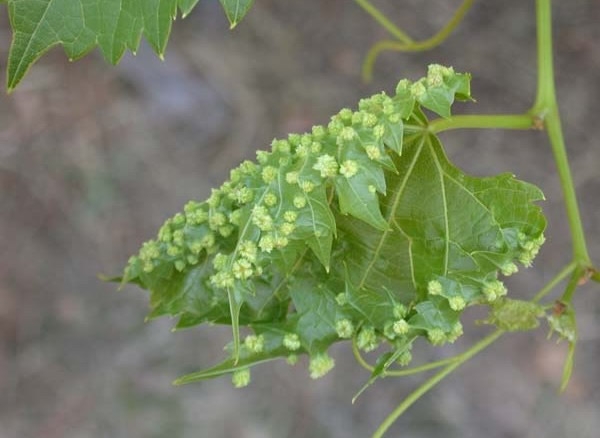DIY composting bin costing less than 6 Euro
Compost bin costing less than 6 Euros? Almost free of charge. Is it possible? Yes it is, if you do it yourself (DIY) using cheap materials! Compost is an ideal source of nutrients for our plants and vegetables. If you want to make your own compost, you will find a variety of compost bins on […]
DIY composting bin costing less than 6 Euro Read More »




















